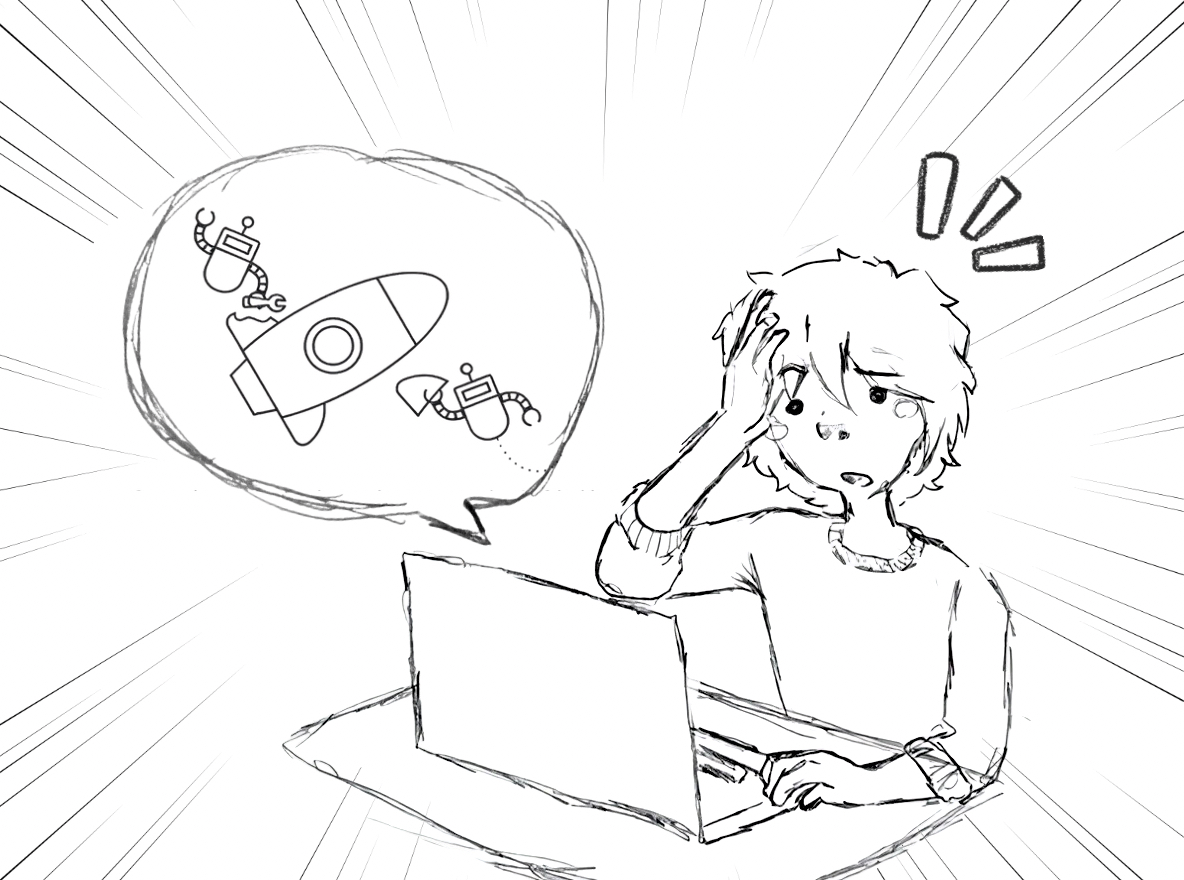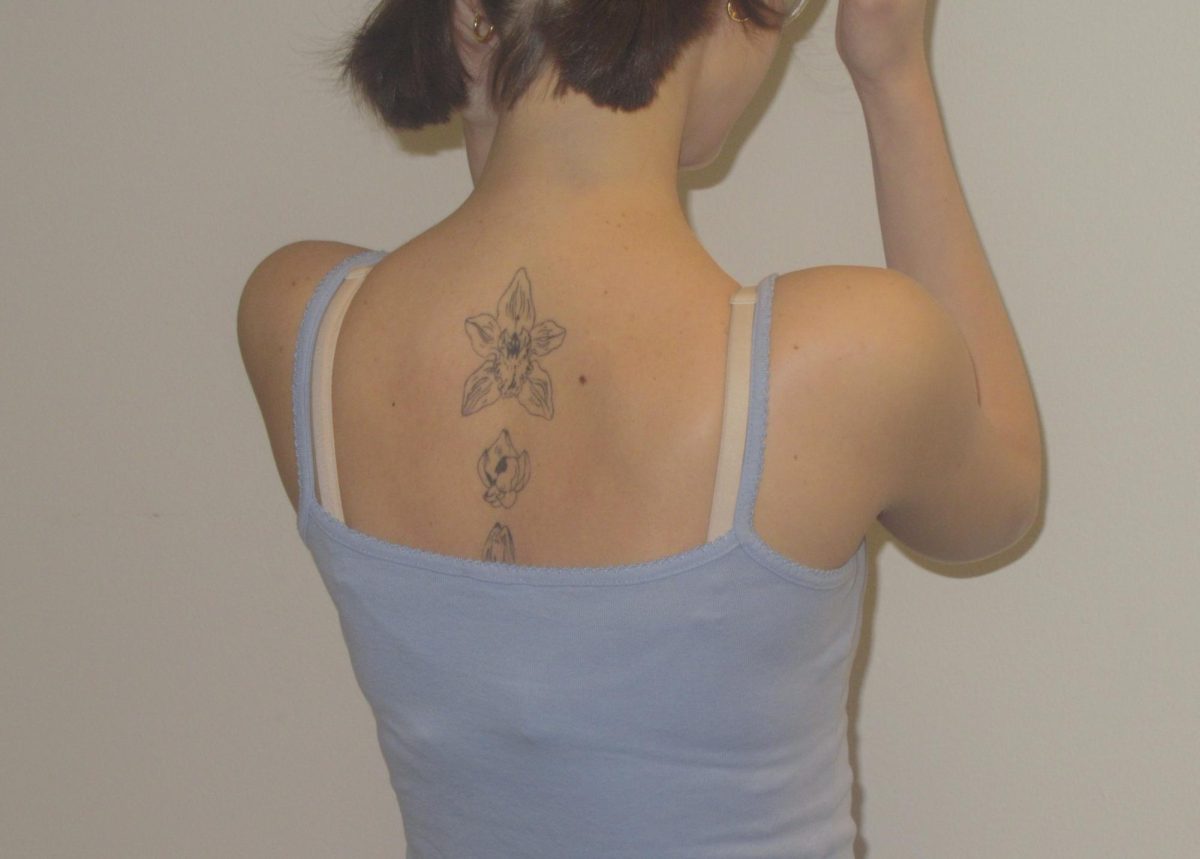In the past years, especially in the wake of Trump’s exit from the Paris Climate Deal, the argument for sustainable fashion products and consumption has been quite compelling.
Knowing that the retail of fast-fashion corporations ultimately comes from sweatshops and factories, and then becoming aware of the pesticides and the waste that is contributed from this industry can raise enough eyebrows and high emotions. It makes me want to run for the hills
However, just like all things in our technological, trendy society, fashion is just another mark on the cycle of capitalism.
In the mid-1960s, 95 percent of clothing in America was domestically made; today, 97 percent is made abroad. Resulting in 80 million pieces of clothing being sold annually, which has created a sector of $2.5 trillion worth of pollution that fashion has contributed on Earth.
Even if we can’t be completely isolated from the scheme of buying and wasting, we can at least begin to fill their closets and live with sustainable, ethical, eco-friendly products.
It’s hard to imagine a time when people didn’t buy cheap clothing that wasn’t fast-fashion.
While some brands and companies (Patagonia, NorthFace, TOMS, and other famous names), have turned to a more accessible branding that is labeled sustainable, the majority of sustainable fashion is found through independent designers that are, sadly, a rare find and relatively quite expensive.
Independent brands such as Australian label KowTow, that is made entirely of sustainable and ethical materials, can range from a $300 dress to $130 for a simple graphic tee. Jesse Kamm (a brand I typically admire), ranges even higher in the price market between $200 to $500 in accessories and clothing.
While there are brands that consider themselves to be a cheap route to sustainable fashion, and for the most part are comparatively cheaper to others, their prices still can range anywhere from $50 to $80 for an item.
This leaving shoppers with a difficult choice: you could buy multiple pieces or even outfits from a fast-fashion retail for roughly $60, or you can drop the same $60 on one sustainable item.
The idea behind ethical fashion is representing an approach to the design, sourcing and manufacturing of clothing that maximizes benefits to people and community by minimizing an impact on the environment.
Since 1989, the Brundtland Commission, a committee dedicated for pursuing sustainability development within a unity in all countries, coined the widely accepted definition of sustainability as, “[to meet] the needs of the present without compromising the ability of future generations to meet their own needs.”
Currently, our wants have soared incredibly high, which has turned our peaking even higher.
So, how can we as consumers, who aren’t going to run far, far away into the hills and disassociate with societal ways and consumption, able to achieve an ethical and sustainable lifestyle, when even doing so can be a costly and a materialistic approach?
If it wasn’t already a well-known fact, I hold an avid obsession with fashion. While the actual activity of browsing aimlessly through stores and finding gem statement pieces brings me much joy and ultimately makes me a strong contributor to the system of capitalism, being frugal and aware of where and what I’m buying remains extremely important to me.
I also struggle with the ability to fully immerse myself in a completely sustainable and ethical household with my very inconsistent and low bank account balance.
If sustainability is a core value when purchasing either fashion products and/or clothing, then follow a guiding process when going on a shopping spree can be easily done; sustainability isn’t an afterthought or a gimmick, it’s a sincere motive that can require pushing your bank account, and yourself.
For starters, read labels and ‘about me’ pages on brands and companies you enjoy. Typically, they will use wording that states their ethical approaches and business formula.
It never hurts to go home from a store and check a label’s history of manufacturing and where exactly their products are coming from, and how it is made. If clothes are handmade, traded fairly, made domestically or through manufactures with pride, it will be explicitly stated.
Consider the materials and fiber composition that is being used to make the clothing; with the volume of clothing produced each year, the material composition takes a huge toll on our environment, heavier than most are aware.
Lastly, the easiest and trendiest Seattle approach to becoming more sustainable or eco-friendly is to consign or thrift shop.
By shopping at local or chain business like Buffalo Exchange, GoodWill, or Value Village, you not only can find well-used and decently priced goods, but as well as unique and one-of-a-kind items that can and have lasted longer than that basic tee from Forever 21.
By consciously trying to switch our necessary yet materialistic items to being ethically, eco and sustainability friendly — and by trying, I mean going as far as you can with what you’re able to, financially or mentally, by simply becoming cognizant of the importance to sustainable living and incorporating it in little steps — we can become the change our government and those in power so cynically partake in.














































































